Joseph F. Coughlin, Ph.D. told us that “Aging well is not about finding a place to rest. It’s about living in a place that pulls and pushes you out of your rocking chair.”
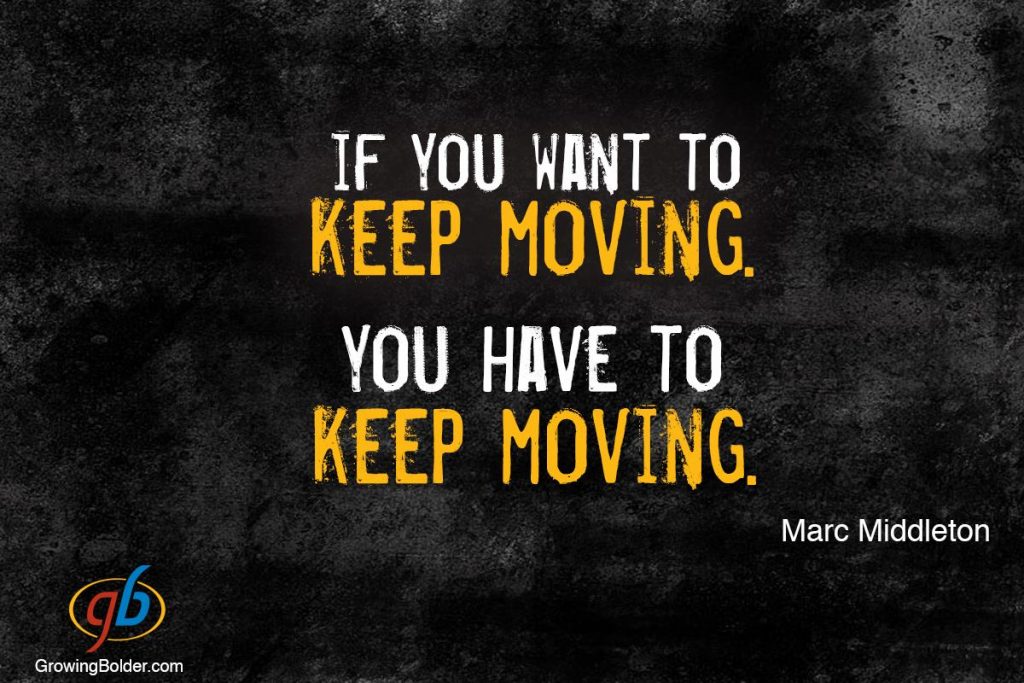
Such great advice.
It’s a simple fact of life with such huge consequences. Something we tend not to think about too much…….that is until it is too late.
Each and every day we all grow a little older……but, that doesn’t mean our own journey down the road of aging can’t be improved upon.
So……are you aging well?
The World Health Organization, or WHO, defines healthy aging as “the process of developing and maintaining the functional ability that enables wellbeing in older age.” Functional ability is about having the capabilities that enable all people to be and do what they have reason to value.
You can improve your aging process by focusing on your physical, mental, and emotional health, and take it from me…….being in my mid 70’s I can guarantee it is more than worth the effort.
Here are 5 Easy Ways to Improve the Aging Process.
1. Grip Strength
You might find this one a little obscure first up but the U.S. National Library of Medicine tells us that Grip Strength is an Indispensable Biomarker for Older Adults.
They also say that “Grip strength is a predictor of numerous future outcomes. Mortality is probably the most widely studied outcome. Grip strength is also supported as a predictor of disease and disease-specific mortality- with much of the literature focused on cardiovascular disease and cancer.”
Improving your grip strength can also improve the following:
• Upper Limb Function
• Overall Strength
• Fine Motor Skill
• Cognitive Ability
• Emotional State.
Good grip strength allows you to age well and continues to be active and independent. To strengthen your grip strength, try this exercise while watching TV at night:
• Squeeze a squish or tennis ball with your whole hand 5 to 10 times
• Repeat using only your thumb and index finger
• Repeat using your thumb and each other finger
• Do 25 to 50 reps each night and feel the difference after six to eight weeks.
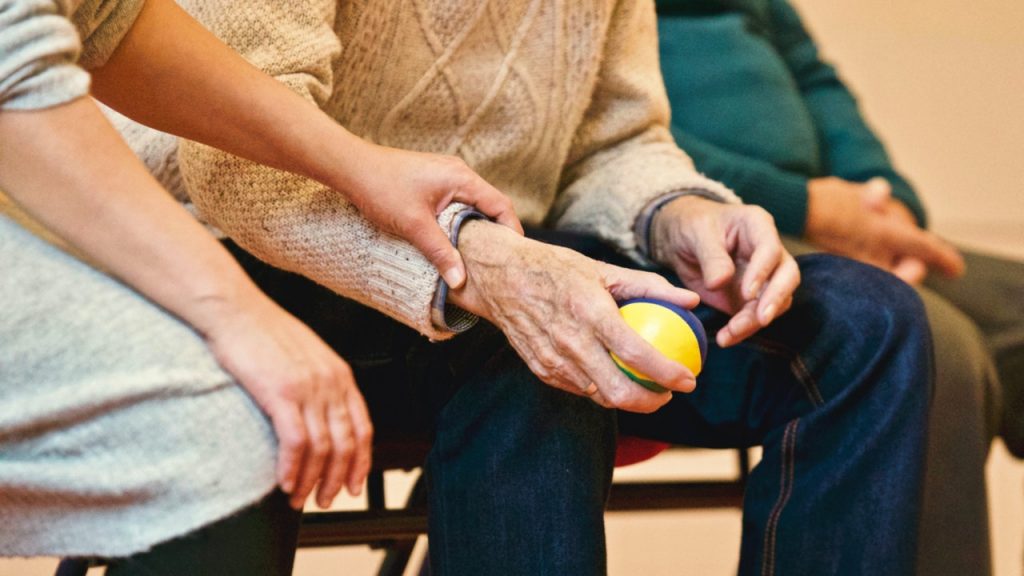
Grip strength is just one part of the big picture which is encompassed by strength training.
It helps ward off age-related muscle loss, keeps your bones strong, promotes mobility, and prevents falls, assists independence in old age, and combats depression and cognitive decline.”
Strength Training is one of the most vital cogs in your Active Ageing armoury in your search for independence in old age and that is why I wrote Why Strength Training Is SO Important As You Start Aging.
Just remember, getting started changes everything.
2. Maintain a Healthy Weight
Being overweight or underweight puts you at risk for chronic diseases, health conditions, and potentials falls and fractures.
Many Doctors still determine a healthy weight based on your Body Mass Index (BMI).
Your BMI is a calculation of your body fat based on your height and weight. According to the Centers for Disease Control (CDC), your weight status is determined by your BMI.
However, in health and medical circles today there is a good deal of debate concerning the BMI method as being the best measure to use which I totally agree with as BMI is only a rough guide at best.
New studies show that the waist-to-height ratio is more accurate than BMI in identifying obesity.
If you are a regular gym-goer you will be even more aware of the term body fat percentage.
Body fat percentage is thankfully gaining more popularity as an effective marker of overall health and fitness instead of the BMI Index.
Marc Perry at BuiltLean has written extensively about body fat percentages for men and women so I highly recommend you have a read of his excellent medically reviewed article.
If you are interested, the levels of BMI weight status are:
• If your BMI is less than 18.5, it falls within the underweight range.
• If your BMI is 18.5 to <25, it falls within the healthy weight range.
• If your BMI is 25.0 to <30, it falls within the overweight range.
• If your BMI is 30.0 or higher, it falls within the obesity range.
Researchers have determined that a BMI of 25 or more is a risk for chronic disease and poor health so to maintain a healthy weight, the CDC recommends that your diet contains:
• Fruits
• Vegetables
• Whole Grains
• Lean Protein Sources
• Low Fat
• Low Sodium
• Limited Added Sugars.
Lean protein sources include fish, poultry, eggs, legumes, and soy products. Low-fat foods should be low in saturated and trans fat and cholesterol. A word of warning – be wary of low-fat foods as they are usually high in sugar because if you take the fat out you are taking flavor out so manufacturers compensate for that by adding sugar and salt.
Talk with your doctor about how many calories you need every day and plan your lifestyle around that recommended allowance.
I recommend the Mediterranean Diet as the best and easiest way to help control your waistline.
In essence, it is a lifestyle…..NOT a diet because Diet’s Don’t Work – Discover the Reality about Weight Loss.
Your diet is number ONE! You can live in the gym but if you don’t eat clean food you’re wasting your time.
And always keep this in mind……diets don’t have to be complicated. It is all about having the right nutrition in the right amount at the right time.
There’s no amount of exercise or fasting that can overcome a bad diet or an unhealthy lifestyle.
3. Stay Active
Your activity level helps you maintain good muscle mass, strength, and bone density.
Always remember, motion is the lotion.
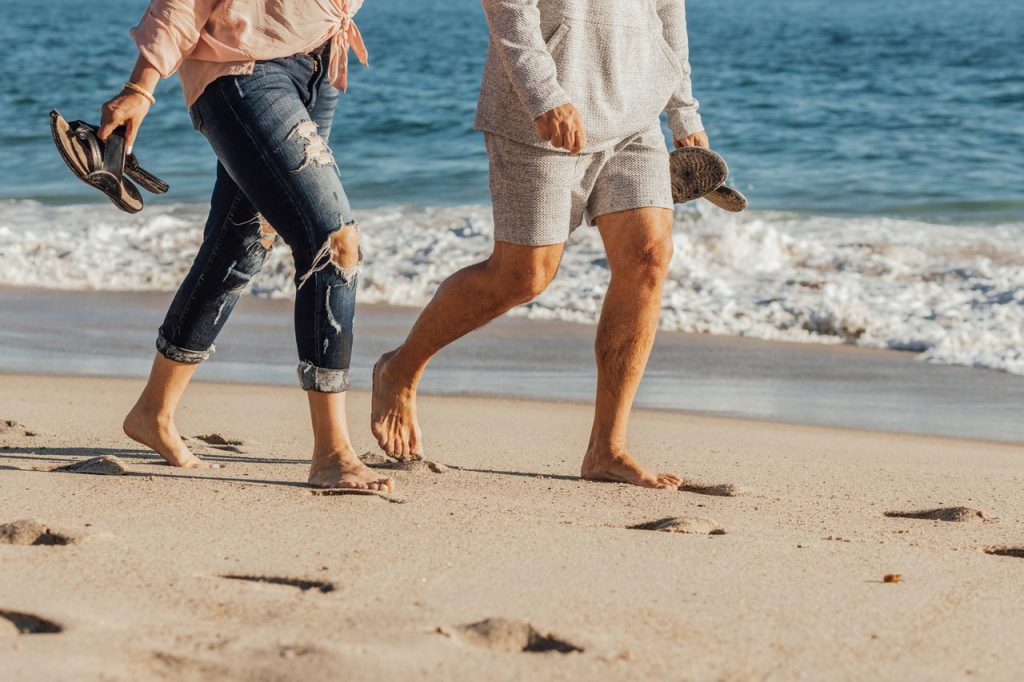
According to a study in the Journal of Physical Therapy Science, adults age 52 and older tend to have a decreased activity level, leading to poorer health outcomes. The CDC recommends older adults engage in:
• 150 Minutes a Week of Moderate Intensity Aerobic Activity
• 2 to 3 Days of Strength Training a Week
• Additional Activity as can be Tolerated.
If you have health problems, talk with your doctor about what activities are safe for you. Be as active as possible and increase your activity level as you grow stronger. Staying active helps you age well by improving your:
• Posture
• Stamina
• Strength
• Independence.
You can go here to see the Physical activity and exercise guidelines for all Australians.
4. Exercise Your Brain
According to a study in Scientific Reports, cognitive training improves brain function, as does exercise.
The more you use your brain, the better your overall health and quality of life.
Studies in the journals Nature and PLoS Medical show that good cognitive function may reduce the risk for dementia. Try exercising your brain with some of these activities:
• Jigsaw Puzzles
• Sudoku
• Learn a New Language
• Art Classes or Crafts
• Nature Walks
Also, read what Scientific American says about How Exercise Affects Your Brain.
Scientists are continuing to show that everything from the “runner’s high” to the “yogi’s tranquility” can have profound effects on your brain.
5. Socialize
As people age, the opportunities for social contact may decrease.
A report from the National Academies of Sciences, Engineering, and Medicine found that one in four adults age 65 and older is socially isolated. The report also found that social isolation increases the risk for:
• Hearth Disease
• Stroke
• Depression
• Anxiety
• Suicide
• Dementia
• Premature Death.
You can improve your aging process by staying socially connected and active.
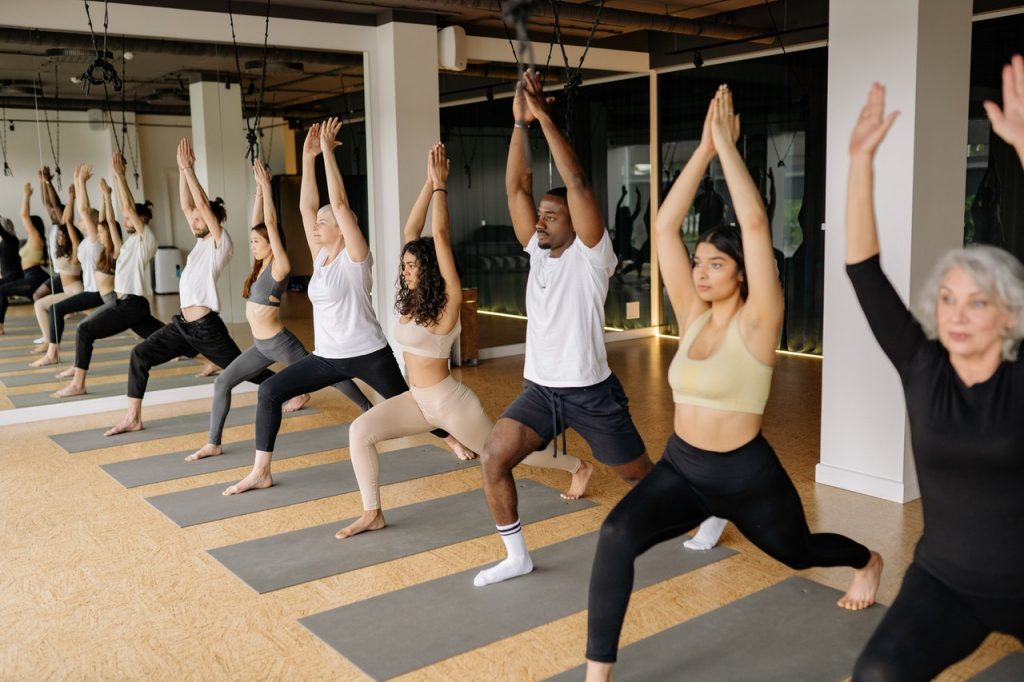
You may find social connections through:
• Joining a Book Club, Probus, other Hobby or Interest Groups, or an Exercise Group
• Volunteering
• Writing Letters to Family and Friends
• Email or Social Media
Improving your aging process helps you be more independent, increases your cognitive ability, and builds social connections. There are many simple ways to improve your aging process and quality of life so be part of a community. We rise by lifting others.
Healthy is not a size…..it is a lifestyle.
I’ve always liked this definition of living well from the University of California, Davis’s student health services website: “Wellness is an active process of becoming aware of and making choices toward a healthy and fulfilling life. Wellness is more than being free from illness; it is a dynamic process of change and growth.”
As Marc Middleton from Growing Bolder often says, “The key to aging is not to mourn what’s lost but to celebrate what remains; to not identify with limitation but rather with possibility.”
Marc also maintains that “Active Ageing has no start or finish. It is purely a way of living throughout life’s journey. You just have to change your current mode of thinking about aging…..it is not a roadblock to your mind’s adoption of a mantra of wellbeing.”
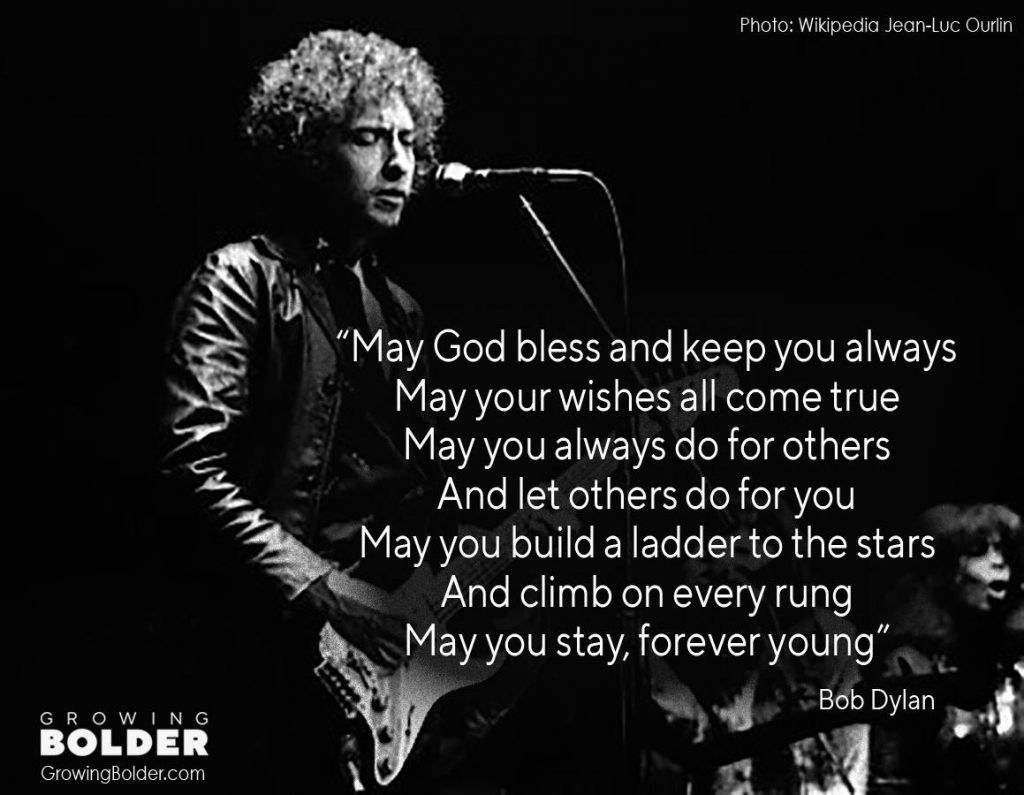
In the end, improving your health and fitness is all about progress, not perfection……..it is all just part of the ongoing battle to stay Forever Young.
Stay strong – cheers – John – your Active Ageing Mentor and Coach.
P.S. Help a friend to better health – like and share – thanks.
Leave a Reply